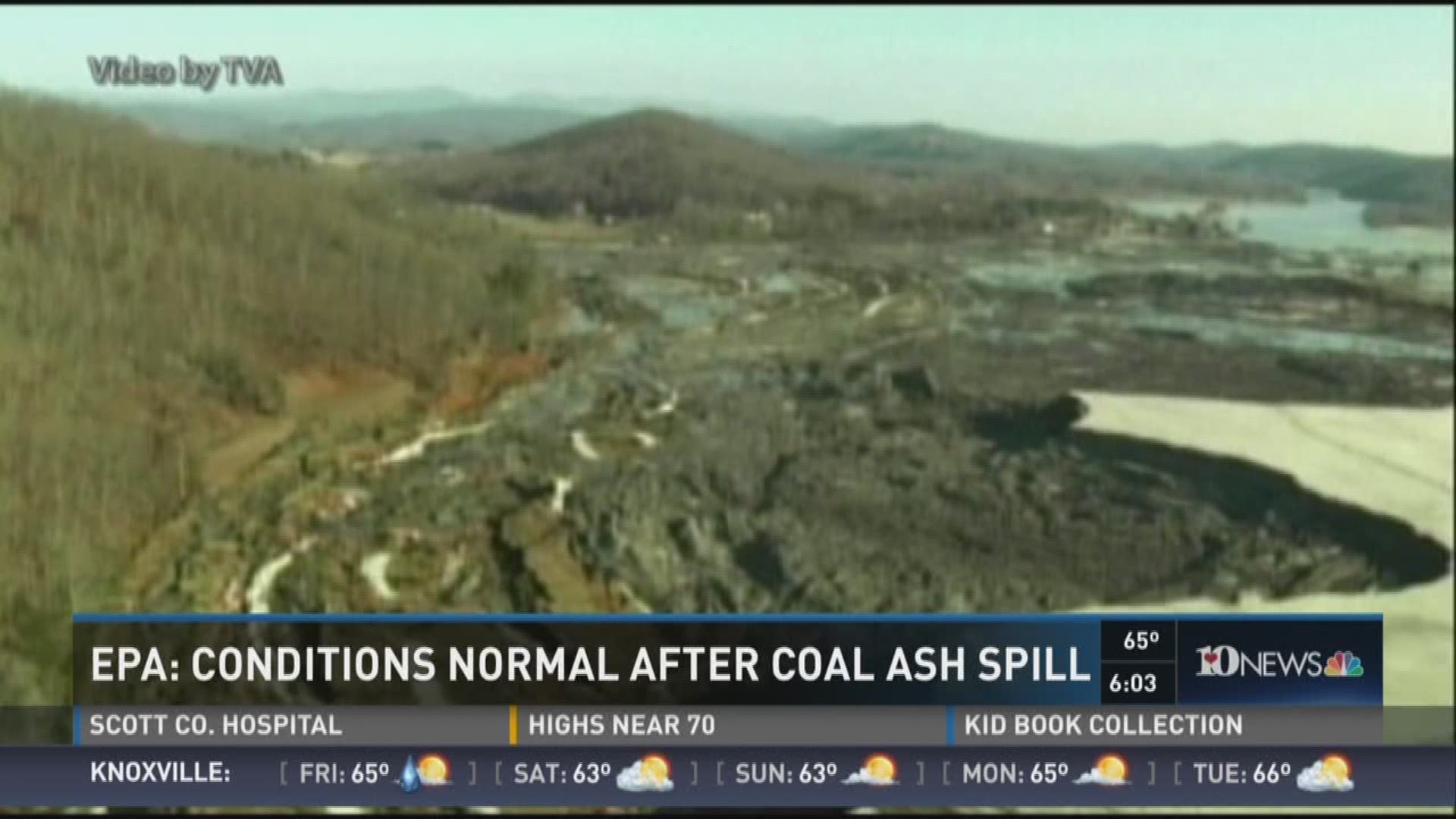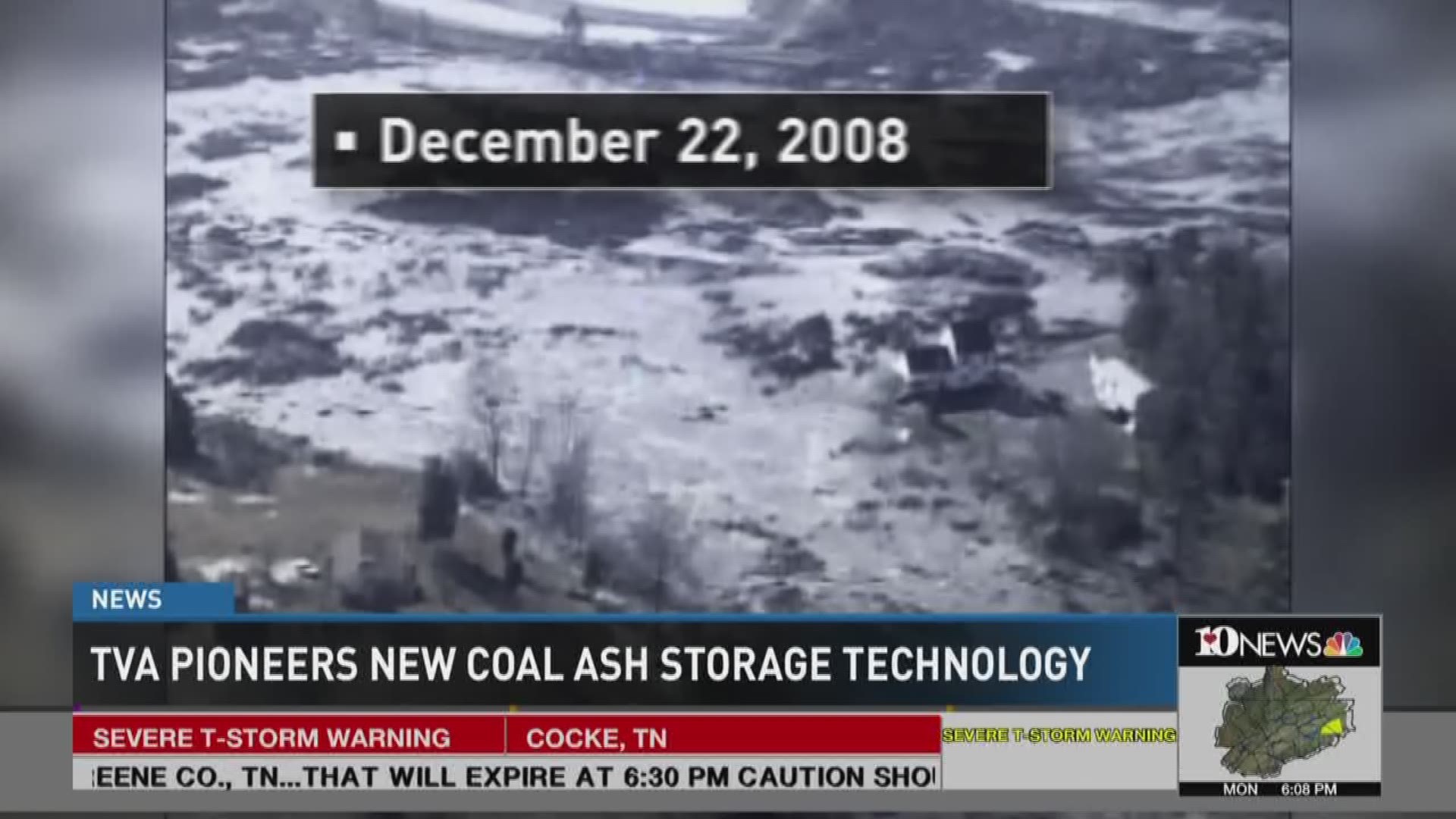A civil lawsuit filed earlier this month says there are 180 new cases of workers claiming they contracted illnesses or died from toxic fly ash exposure stemming from cleanup a coal ash spill in Kingston, Tennessee, nearly 10 years ago.
On December 22, 2008, the wall of a huge storage pond broke at the Tennessee Valley Authority's Kingston Fossil Plant, releasing more than a billion gallons of wet ash and sludge. Around 600 million gallons fell directly into the Emory and Clinch rivers.

In 2013, some former cleanup workers at the TVA disaster site filed a federal lawsuit, alleging a contractor hired to oversee the cleanup allowed them to be exposed to toxic coal ash.
In July 2017, Ninth Judicial District Attorney General Russell Johnson sent a letter to Bob Martineau, commissioner of the Tennessee Department of Environment and Conservation, raising the possibility of a criminal investigation - either state or federal.
The new complaint filed on March 9, 2018, claims the workers, contracted by Jacobs Engineering Group Inc., contracted illnesses resulting from continuous unlawful exposure to arsenic, theurotoxin mercury, barium, strontium, thallium, lead, silica-quartz, asbestos, radioactive material, selenium, aluminum oxide, iron oxide, calcium oxide, boron and other hazardous substances associated with toxic fly ash at the TVA Superfund clean-up site.
"Jacobs Engineering Group, Inc. did not carry out validly conferred authority, but acted contrary to and outside its scope of contractual authority and directives in fact and a law granted from TVA as an 'independent contractor,'" the suit claims.
It also argues the Rogers Group Investments Inc. was in custody and control of a quarry used for disposal of fly ash and was negligent in its dust control measures.
The suit contains claims including negligence, assault and battery, intentional and/or reckless failure to warn, reckless infliction of emotional distress, fraud, misrepresentation/fraudulent concealment, and strict liability for ultra-hazardous or abnormally dangerous activity.
The clean-up cost TVA more than $1.2 billion.
Many residents had to evacuate their neighborhoods, surrounded by a moonscape of coal fly ash, the byproduct of burning coal to create electricity.
December 22, 2016: Recovery clear eight years after TVA ash spill
TVA bought around 180 properties affected by the ash spill. About 160 of those properties were residential homes. The purchase included an agreement that the owners would not sue TVA.
In January 2017, the Environmental Protection Agency said the ecosystem of the Watts Bar Reservoir had returned to the condition it was before the 2008 coal ash spill.
The agency will continue to monitor the river system for up to 30 years with long-term groundwater monitoring and inspections of ash disposal cells.



